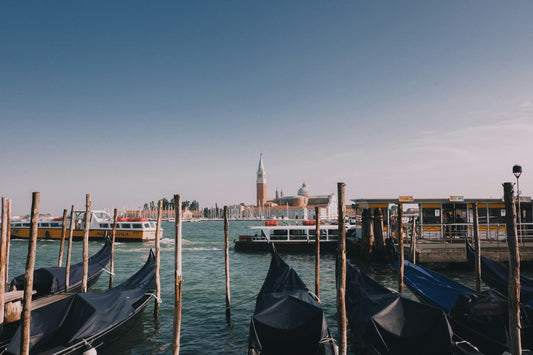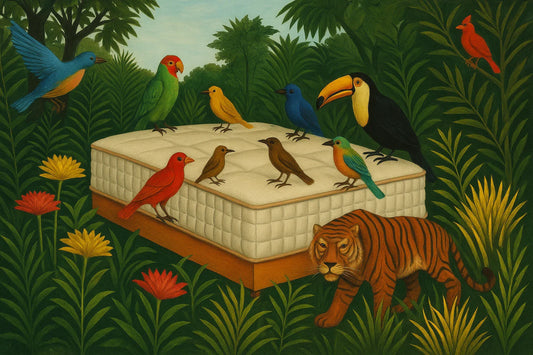Beyond The Stars
Share

Beyond the Stars: The Sleep Odyssey - Navigating the Cosmos of Slumber
In this edition of The Sleep Chronicles, let's unravel the unique dynamics of how astronauts navigate slumber amidst the microgravity environment of space.
Microgravity Marvel: Sleeping in Zero-G
Astronauts aboard the ISS experience the marvel of microgravity, where traditional notions of "up" and "down" cease to exist. This weightless environment poses both challenges and innovations when it comes to bedtime. Instead of beds, astronauts sleep in individual sleeping quarters, akin to phone booth-sized cabins, ensuring a cozy cocoon for restful nights.
Sleeping Bags in Space: Securing Rest in Microgravity
Picture astronauts floating effortlessly in their sleeping quarters, reminiscent of floating in a sleeping bag. To counteract the lack of gravitational force holding them down, astronauts use specialized sleeping bags that anchor them to their sleeping quarters. These sleeping bags not only provide a sense of stability but also prevent astronauts from unintentionally floating away mid-dream.
Lights Out? Not Quite: The 24/7 Illumination Challenge
In the perpetual orbit around Earth, the ISS experiences approximately 16 sunrises and sunsets every 24 hours. This presents a unique challenge for maintaining a regular sleep-wake cycle. To mitigate this, the ISS is equipped with adjustable LED lighting that mimics Earth's day-night cycle. Astronauts can regulate the intensity and color of the lights to create an artificial night, helping them synchronize their internal clocks with a 24-hour Earth day.
Noise and Silence: The Cosmic Lullaby
Despite the vast silence of space, the ISS is not devoid of ambient sounds. The humming of machinery, the occasional communication chatter, and the whir of ventilation systems create a unique auditory backdrop. Astronauts, however, can retreat into their personal sleeping quarters equipped with noise-canceling technology, ensuring a serene soundscape conducive to peaceful slumber.
Dreaming in Space: The Mind's Odyssey
Even in the weightlessness of space, astronauts experience the enigmatic world of dreams. Sleep studies conducted on the ISS suggest that the lack of gravity might alter the nature of dreams, making them more vivid and intense. The psychological impact of living and working in space adds a cosmic layer to the dreamscapes that astronauts traverse during their nightly odyssey.
The Cosmic Wake-Up Call: Morning Routine in Space
As dawn breaks on the ISS, astronauts face the unique challenge of starting their day in microgravity. The absence of a traditional "upright" position prompts a different morning routine. Astronauts use handrails and footholds strategically placed around the sleeping quarters to navigate their space cocoon and prepare for the day ahead.
Astronaut Zen: Navigating the Challenges of Space Slumber
In the cosmic ballet of microgravity sleep, astronauts embrace the challenges with resilience and adaptability. From floating sleep quarters to the subtle hum of life support systems, each aspect is carefully orchestrated to ensure restorative sleep in the vastness of space. The ISS becomes not just a laboratory for scientific discovery but also a sanctuary for the astronaut's nightly voyage into the cosmic dreamland.
Thank you for dreaming with us,
The SleepWell Team




